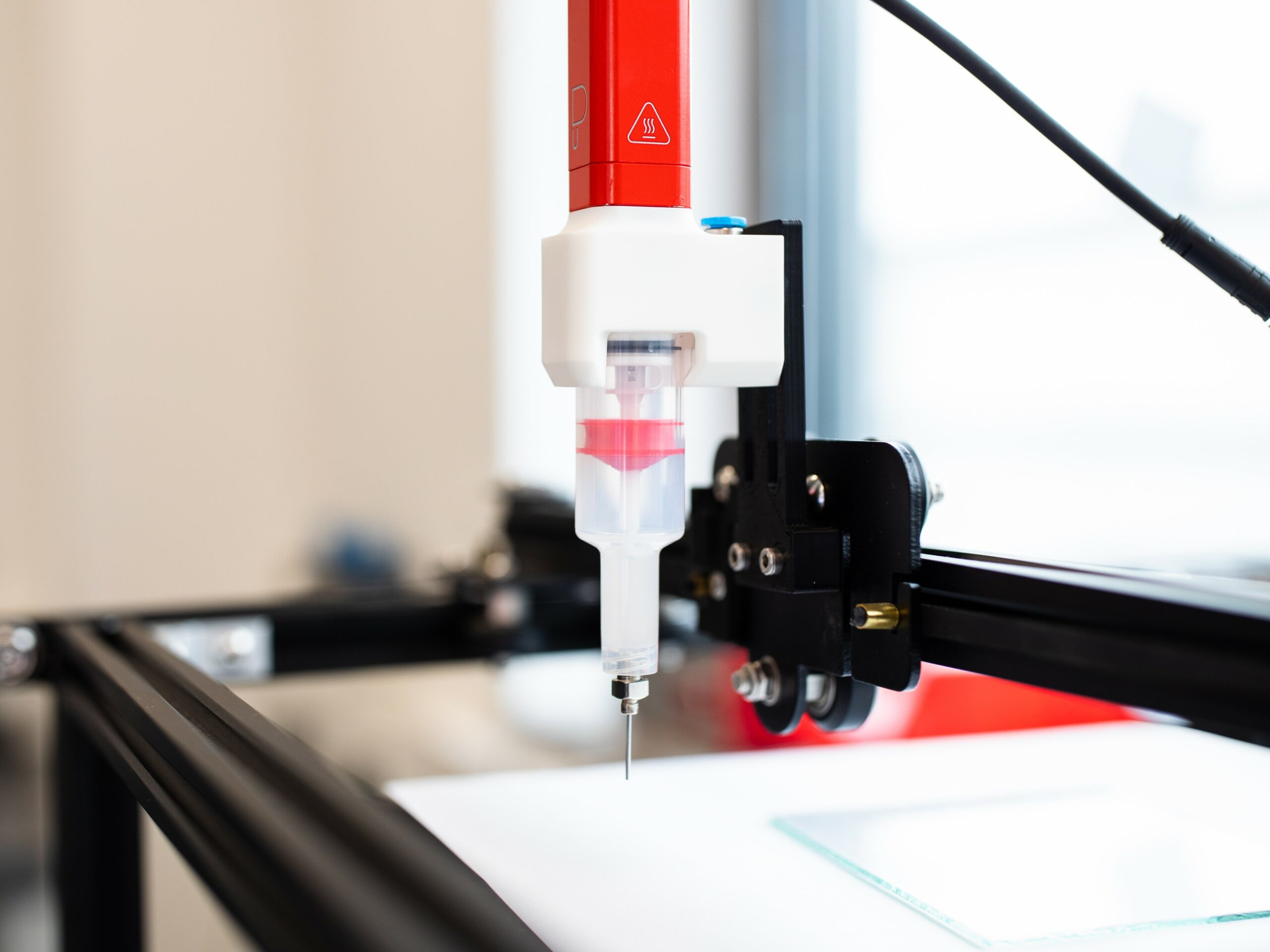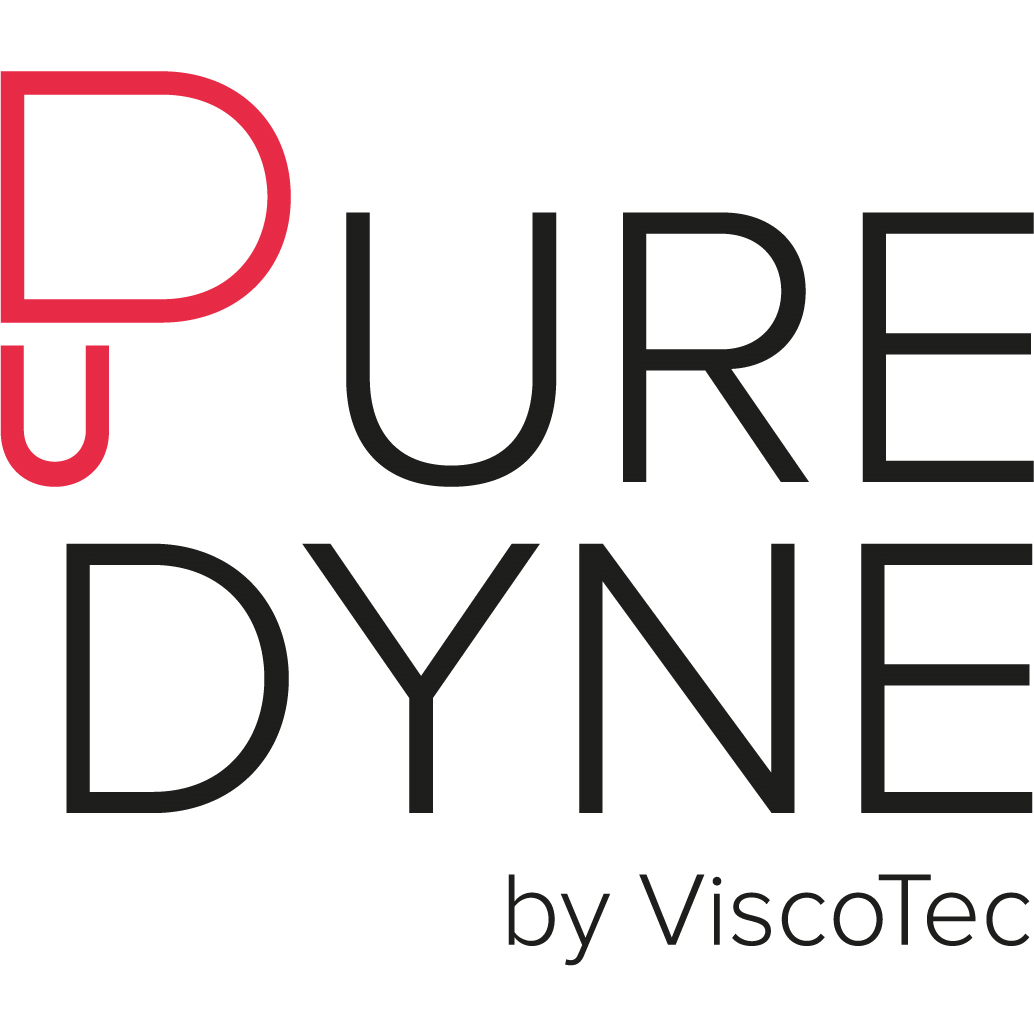- Beginning new research trials with alginate materials in conjunction with the Puredyne print head technology.
- Evaluating the reliability and reproducibility of a wide array of alginate combinations through the utilization of the progressive cavity technology.
- Seeking scientists who rely on precise print qualities and require reliable, replicable data.
Scientists continually confront challenges surrounding the general printability of alginate-hydrogel bioinks [1] and the assessment of print quality[2] within their research. The main objective is to advance 3D bioprinting from its laboratory-scale origins, towards automated and ultimately clinical production of tissue equivalents. However, alongside these challenges, the recurring obstacle of reproducibility often arises as a key factor contributing to failure.
The newly initiated research series from Puredyne is now focused on changing this.
Felix Gruber, Business Development Manager, shares insights on the research series at the on-site Customer & Innovation Center: “Currently, we possess the capability to consistently print alginate in various combinations: with gelatine, hydroxyapatite, polycaprolactone, polyphosphate, or biosilica. Our process ensures reliability, and most importantly, reproducibility. We are eager to explore and test additional alginate combinations. We understand that researchers may abandon initial concepts if print quality is unsatisfactory or lacks reproducibility. The next most common approach is researchers having to seek alternative alginate combinations or adjust formulations to attain superior, and most importantly, reproducible outcomes.”
However, Gruber is certain that this is not necessary. When using Puredyne printheads, there is no limiting technical factors such as poor print quality or reproducibility. Our print heads consistently produce reliable and reproducible outcomes, regardless of concentration variations, particles, and viscosity. Remarkably, they can handle materials with viscosities exceeding 100,000 mPas.
The Puredyne team is seeking fresh insights from research in order to support its assertions.
“We are confident at Puredyne have solved all known problems in bioprinting,” emphasizes Gruber. The objective now is to validate these claims and establish Puredyne printheads as versatile tools for bioink applications across diverse scientific realms. The company is looking for scientists from academia, industry, and institutional research who are working with alginate or its combinations, perceiving them as challenging or impossible to print.
These scientists should rely on enhanced print quality and demand dependable data regarding reproducibility. Puredyne is prepared to provide such data, as attested by testimonials from esteemed institutions such as ETH Zurich, the FMZ of the Julius-Maximilians-University Würzburg, and The Institute for Pharmaceutical Technology & Biopharmacy of the Heinrich-Heine-University Düsseldorf [3] confirm.
Interested parties are encouraged to reach out directly to Felix Gruber via info@puredyne.de or just fill out the contact form.
The trials will take place at ViscoTec’s Customer & Innovation Center in Germany.
[1] Gao Q, Kim BS, Gao G. Advanced Strategies for 3D Bioprinting of Tissue and Organ Analogs Using Alginate Hydrogel Bioinks. Mar Drugs. 2021 Dec 15;19(12):708. doi: 10.3390/md19120708. PMID: 34940707; PMCID: PMC8708555.
[2] Gao Q, Kim BS, Gao G. Advanced Strategies for 3D Bioprinting of Tissue and Organ Analogs Using Alginate Hydrogel Bioinks. Mar Drugs. 2021 Dec 15;19(12):708. doi: 10.3390/md19120708. PMID: 34940707; PMCID: PMC8708555
[3] ViscoTec Pumpen- u. Dosiertechnik GmbH – Puredyne® by ViscoTec. https://www.puredyne.com/en/partners/. Published December 11, 2023.

